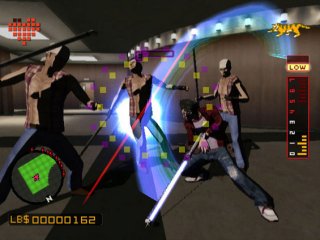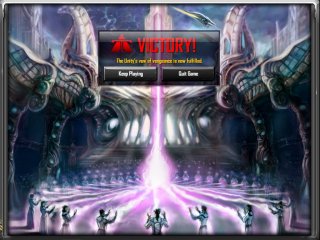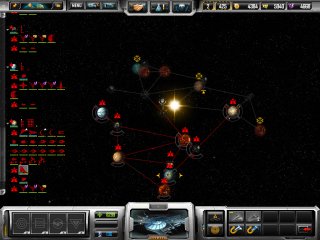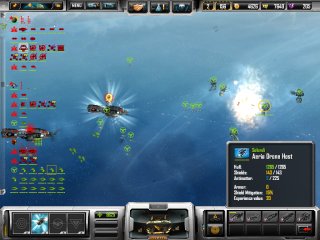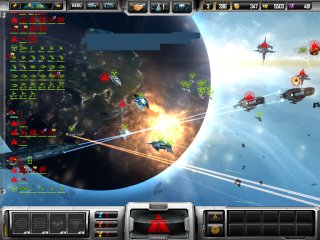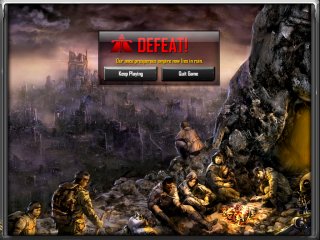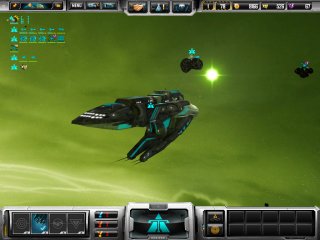Keeper Leagues and Unexpected Consequences
It’s not a secret that I’m a pretty geeky guy, especially when it comes to certain subjects (movies, SF, etc…). My friends are a different kind of geek though. They’re sports geeks. Specifically, they love baseball. About 10 years ago, they started a fantasy baseball league. At the time, the various websites weren’t that great, but as the years passed, things started to get more sophisticated… and the league became much more competitive. In true geek fashion, we started getting carried away with various aspects of the league. Every team owner is expected to issue faux-press releases (i.e. pretending to be the Associated Press and faux interviews, etc…) and the league wrote a Constitution. In its current incarnation, the Constitution is 11 pages long. Every year, owners propose amendments in accordance with Article VI of the Constitution, and if 2/3 of the league approves of the amendment, it is ratified and put in the Constitution.
A few years ago, we ratified an amendment that gave each owner “keeper rights.” What this basically means is that you can keep three eligible members of your team for the next season. Here’s an excerpt from Article IV of the MLF Constitution:
Article IV: Keeper Rights
4. A Keeper Right is defined as the opportunity for a MLF manager to retain the rights of a player for one
season
4.1. A player is eligible to be kept if they meet the follow criteria
4.1.1. The player must be on your current MLF roster
4.1.2. The player must have been drafted no earlier than the fourth round of that year’s draft
4.1.3. The player has not been kept in the year prior
4.1.4. The player must have been on a MLF roster by the end of the last game of the MLF playoffs (the end of the MLB regular season)
The rules of keeper eligibility help keep things a little even, meaning that a team that wins the league one year won’t necessarily have as big an advantage as anyone else in the next year. You can’t keep a player indefinitely and since players drafted in the first three rounds are also ineligible, that ensures that the best players are still open to even the worst team in the following year’s draft. And Article IV, section 3 featues an interesting twist: “Trading keeper rights is permitted.”
Now, these rules were put into place for many reasons. Some people like the opportunity to take a chance on a young, developing player (in the hopes that they’ll be able to keep them for a breakout year in the following season). Some people want to make sure the team has a solid core that can be built upon. And a host of other reasons. However, after three years of keeper rights, some unexpected consequences have presented themselves.
The biggest implication is that team owners who are not doing well will “sell” their keeper ineligible players for more keeper rights and keeper eligible players. Similarly, those who are doing well will “sell” their keeper rights in the hopes of strengthening their team for the playoffs. The reason I’m using scare quotes around the word “sell” is that what this really amounts to are fire sales. Top tier players will often be traded for near scraps because a team that has no hope of winning the league has no use for that top tier player, but they could use a keeper right to help build for the future.
Initially, there was a bit of a learning curve. How much value does a keeper right really have? In the first season, someone traded 3 keeper rights for Albert Pujols, a trade so lopsided that a new constitutional amendment was ratified (titled The Golden Shaft award, it is given to the player who made the worst trade of the season.) However, after a few years, things have changed. Keeper rights have become more valuable, and teams in contention will “mortgage their future” by trading keeper rights for players (this effectively means they can add top tier talent without losing anything that impacts them for the current season). Some people value keeper rights much more than others, and during this season’s trade deadline, things got ridiculous.
During the last day before the trade deadline, there were 8 trades involving 36 players and 7 keeps. This is rather obscene. One owner traded his 3 keeps for 8 players (many top tier folks) and made another trade for 5 additional players. In effect, this person replaced most of his team in one day and became an instant league powerhouse (and he is my division rival as well!) Needless to say, this year’s “Winter Meetings” will contain much discussion regarding how we can mitigate these fire sales. There are several options available to us:
- Push the trade deadline up a month. Teams that know they are out of contention on July 31 (the current trade deadline, same as MLB) might not know as much in June.
- Make two trade deadlines. One deadline for keeper rights to be traded, one for same keeper status to be traded. The strategy here is similar to pushing the trade deadline up.
- No more keeper rights can be traded. Only players. This option would mean that teams looking to upgrade must give up players to get other players in return.
- Extend players’ keeper eligibility to 2 years. If this was the rule a lot of the players moved at this years deadline would have not been traded since they could have been kept for another year.
- Expand on keeper system. Add farm system and extend the number of keeper rights per team. But again keeper rights can’t be traded.
- No more keeper rights period.
And I’m sure there are lots of other variants that aren’t listed. There will be a heated debate over the winter about all available options, and I’m positive that the Amendments process will be quite interesting this year. On a personal level, I’m not sure where I’ll fall. While some of this year’s trades were absurd (8 players for 3 keeps is crazy), it wasn’t totally unexpected. While it’s never been this crazy, there are always a ton of trades right at the deadline. I don’t see any way around this sort of volatility in a keeper league. Plus, I kinda like that our trade deadline is 10 times as exciting as Major League Baseball’s trade deadline.
